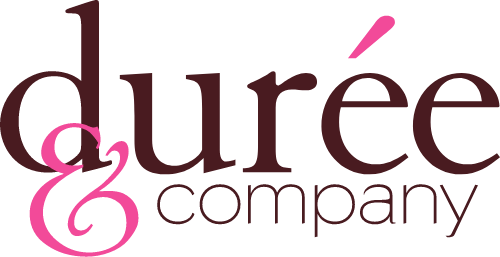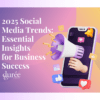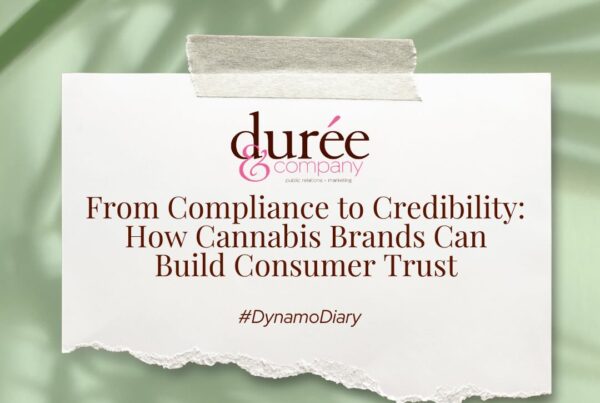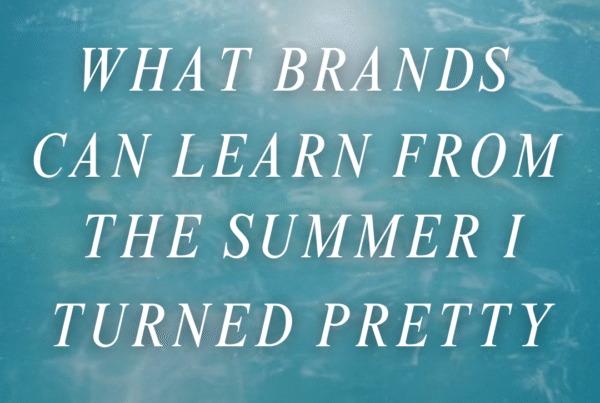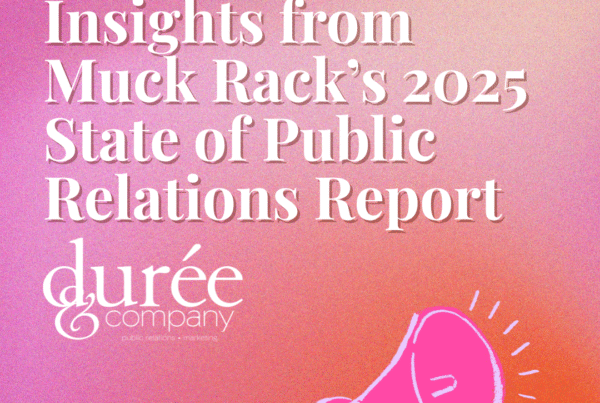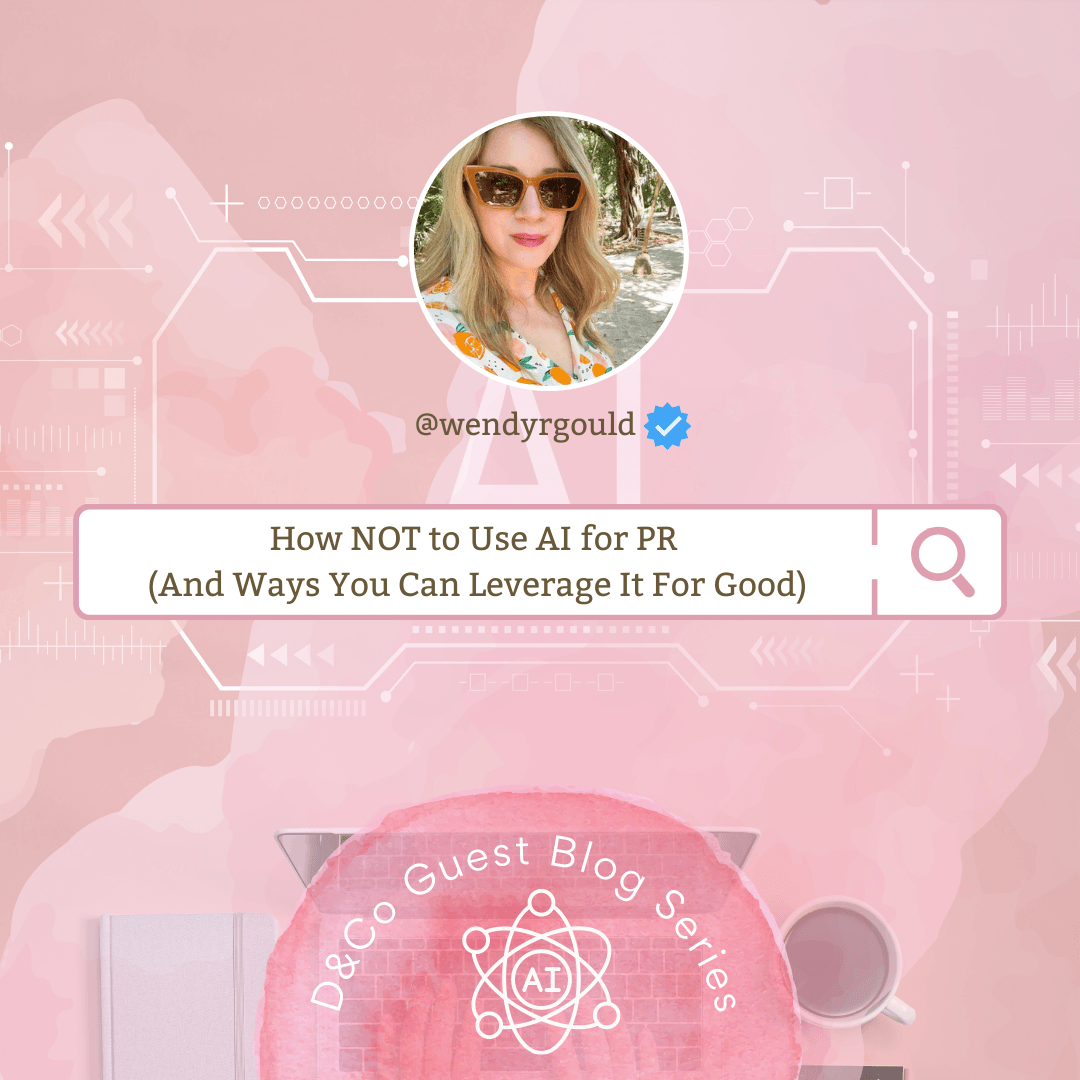
AI is going to completely change the world as we know it today. In fact, as you can probably tell from your own experience it’s already triggered a massive transformation, the vibrations of which are being felt across pretty much every modern industry. A former Google executive recently referred to it as “the most powerful invention since the atomic bomb,” and experts are calling for an “international authority” to help regulate future superintelligence.
The last time we saw something this revolutionary was with the invention of the Internet itself, but this is even bigger than that. As intimidating as AI is, though, the reality is that it’s here to stay. So, we can either cautiously embrace the inevitable change, or completely ignore it and get lost in the shuffle.
That said, AI isn’t all bad. In some ways, it can actually help streamline our jobs as reporters and public relations specialists. There are even some promising—dare I say exciting—potential benefits in other fields, such as science and medicine. (One interesting way I’ve seen it used was to help identify a canine medical issue, which ultimately saved the pet’s life.)
4 Ways You Should Never Use AI in Your PR Work
As we navigate these new and unfamiliar waters, it’s important to be mindful of the ways we’re using AI as media and public relations professionals. Ultimately, I strongly believe that it should be leveraged as a resourceful tool versus a lazy crutch, and the line isn’t always so clear between the two.
I’m just one opinionated journalist so you can take my advice with a grain of salt, but in my opinion, you should never use AI for PR in the following ways.
- Creating “Expert” Responses
I have a lot to say about this one, so bear with me. If a reporter comes to your expert source for commentary and quotes, they shouldn’t even think about submitting the question(s) to a source like ChatGPT to spit out hollow and unhelpful answers.
First of all, we’re coming to you because we want your expertise. The source is the expert, not ChatGPT. Good quotes weave in life experiences, authentic feelings, and opinions—none of which a chatbot can provide. It’s this very human experience that brings an article to life and makes the expert a credible source.
Further, I cannot tell you how many large outlets have sent notifications to reporters strictly forbidding the usage of ChatGPT and similar bots, and editors are being trained in detecting this type of content. (FYI: It’s not difficult to detect…)
Sending AI-generated quotes can and will strain an editor-reporter relationship. Worse, it can result in us losing a valuable stream of income. This is our livelihood, so just do not take the lazy route, and please heavily caution your experts from doing this, as well. Personally speaking, I run all my email quotes through an AI content detector and will notify you and cease working together if this happens.
- Writing Press Releases
I’ve seen many conversations in PR forums about whether or not it’s OK to have AI write your press release. Don’t do it, don’t allow it, and push back if you’re instructed to do this. I promise you that an AI-generated press release is boring as hell to read, clearly inauthentic, and won’t resonate in the same way your human voice will. In other words: it’s a waste of your time.
What’s more, press releases typically cover news—new launches, new information, new studies. ChatGPT only leverages data up to 2021. There’s a whole lot that’s happened in the two years since then, and AI chats simply aren’t equipped to provide that important, up-to-date context that you as a human can.
If you want to use AI as a first pass for your press release, have at it, but do not send the copy-pasted draft to the media. Take care to re-write the draft, then send it. You might ultimately find it’s easier to write it from scratch yourself.
- Emails
In addition to not using AI for attached or in-email press releases, avoid using it to write your emails in general. As a reporter with 10+ years of experience working closely with PR on a daily basis, I can tell you that the more personalized, friendly, and human your emails are to media professionals, the more likely you are to get a response.
Cold, impersonal emails just ain’t it, and that’s what AI will serve you. Ask us about our day or weekend! Make a reference to a recent social media post. Connect with us on a shared interest. We’re humans on the other side of the screen, just like you.
- Blog Posts
If your firm keeps a rolling blog or you work with a client on their blog, I strongly advise against using AI-generated content to create blog posts. Again, you can draft something via AI or use AI to generate blog post ideas, headlines, metadata, etc., but a straight copy-paste is not the great idea you may think it is.
To begin with, this content is painfully empty and dry—even if you’re asking the AI to write in a specific voice. That content won’t authentically resonate with any reader that comes across your post, so what’s even the point? It won’t sell a product, it won’t convey core brand messaging, and it’s not sticky.
On the topic of readers finding you/a brand, note that SEO and AI aren’t exactly besties right now. The most recent core update from Google heavily deprioritizes AI-generated content (and otherwise unhelpful content) in its searches in favor of high-quality, high-value content. To rank, your content must demonstrate expertise, experience, authority, and trustworthiness (E-E-A-T). That means content needs an emphasis on genuine human experience, first-person voice, original interviews, etc.
Smart Ways You Can Use AI To Streamline PR Work
For all the ways you shouldn’t use AI as a PR professional, there are certain ways you can leverage this new technology. Here are just a handful:
- Ideation: Humans will always have the best ideas, but when yours start to run dry for the day (or week!) you can use AI to generate some starting points. For example, “What are some story ideas someone could write around XYZ product?” or “What are some catchy email subject line ideas for XYZ topic?”
- Short-Form: If you’re drafting blog posts, you can ask AI to handle some of the short-form content, such as headlines, metadata, deks, etc. You’ll definitely want to tweak the output so it’s in your own voice, but it’s a time-saver.
- Data Analysis: You can provide AI with your own collected data in order to receive a quick, streamlined analysis. For example, you can copy and paste hundreds of reviews on a certain product or brand to highlight trending consumer takeaways.
- Light Research: Similar to the way you type a query into Google, you can do research via ChatGPT. When I do this, I request that reference URLs are included in responses, and I also follow up by asking ChatGPT to fact-check its own work. You can also cut through some of the internet BS by giving AI restraints, such as “summarize this information in 200 words or less” or “highlight the most important 20% of learnings to help me understand 80% of the information on this topic.”
This post is part of Durée & Company’s ongoing Guest Blog series, The #DynamoDigest, where we have tapped select journalists and influencers whose work we admire and respect. In this series, top tips and best practices are shared across a variety of topics impacting the public relations industry today.
By Wendy Rose Gould, a veteran freelance lifestyle reporter based in Phoenix, Arizona. Learn more about her work, follow her on Instagram @wendyrgould, and subscribe to her newsletter for media placement opportunities and industry insights.
About Durée & Company
Durée & Company, Inc. is an award-winning, full-service public relations, marketing and special events firm founded in 1999. The firm has offices in Fort Lauderdale, Florida, and Aspen, Colorado. Durée & Company serves the corporate, agency and nonprofit practice areas for local, national, and international clients. Services include public relations, social media, marketing, content development, advertising, special events, branding, radio promotions and more. Durée & Company clients include well-known names in business, fashion, hospitality, travel, health and wellness, cannabis and hemp, psychedelics, technology and cryptocurrency, marine and yacht, art and culture, nonprofit organizations, legal and professional services and real estate. Durée & Company is a member of PR Boutiques International™ (PRBI), an international network of boutique PR firms. To learn more, call 954-723-9350; go to dureeandcompany.com; cannabismarketingpr.com; or psychedelicpr.com. Join the social conversation and follow Durée & Company on Facebook, Instagram, Twitter, YouTube and LinkedIn at @DureeCoPR.
